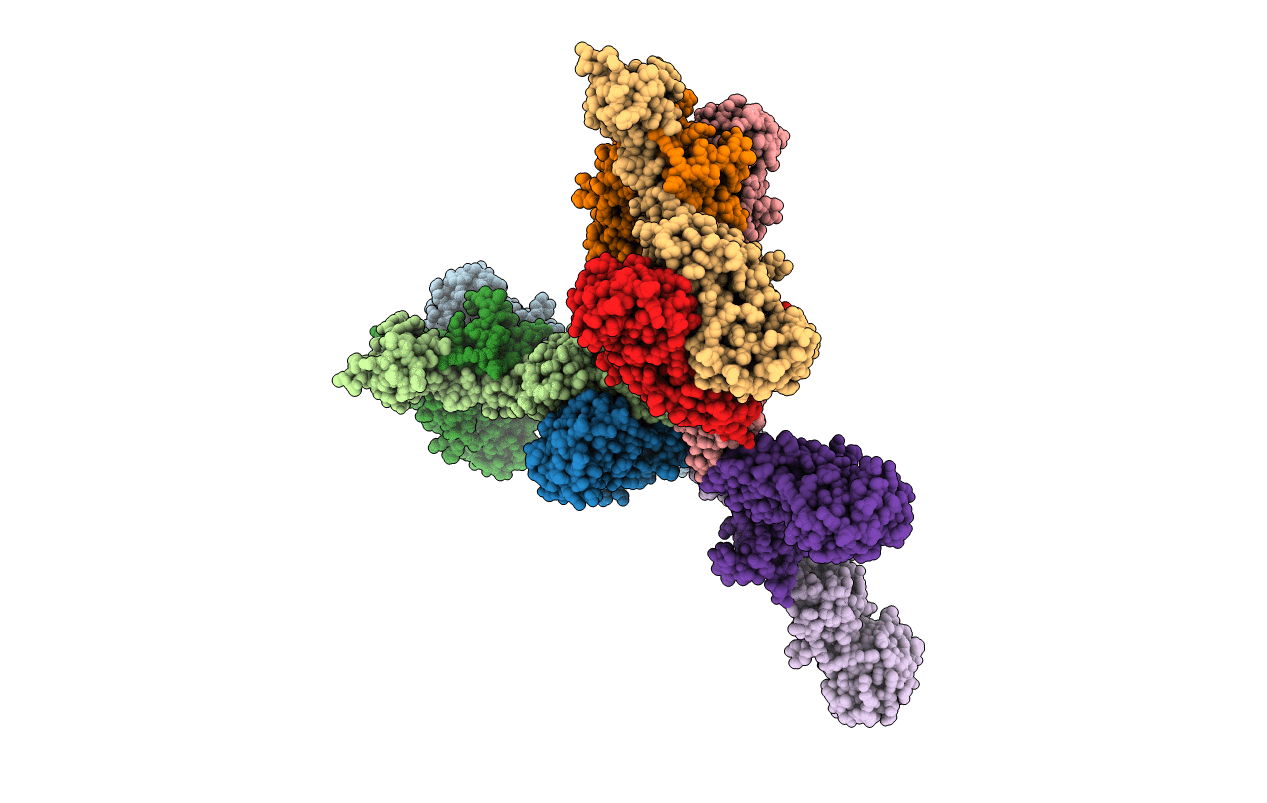
Deposition Date
2009-01-26
Release Date
2010-01-26
Last Version Date
2025-05-28
Entry Detail
PDB ID:
3FZJ
Keywords:
Title:
TsaR low resolution crystal structure, tetragonal form
Biological Source:
Source Organism:
Comamonas testosteroni (Taxon ID: 285)
Host Organism:
Method Details:


